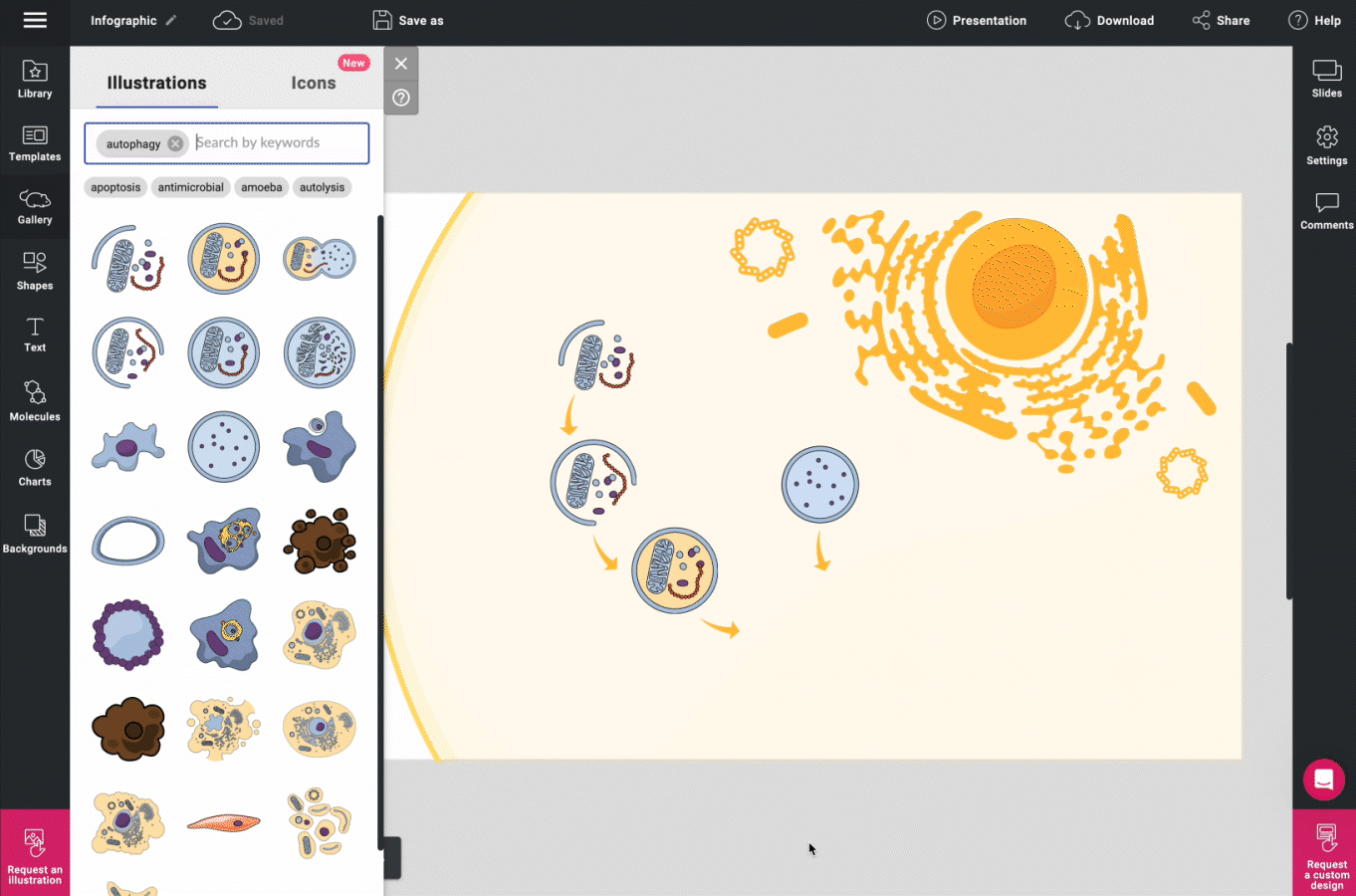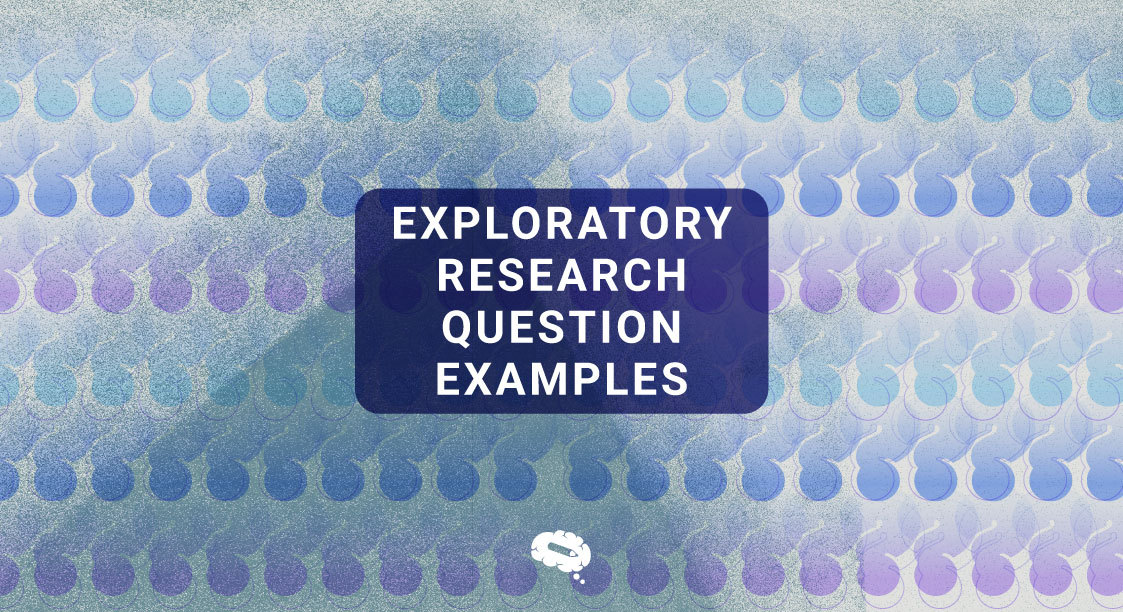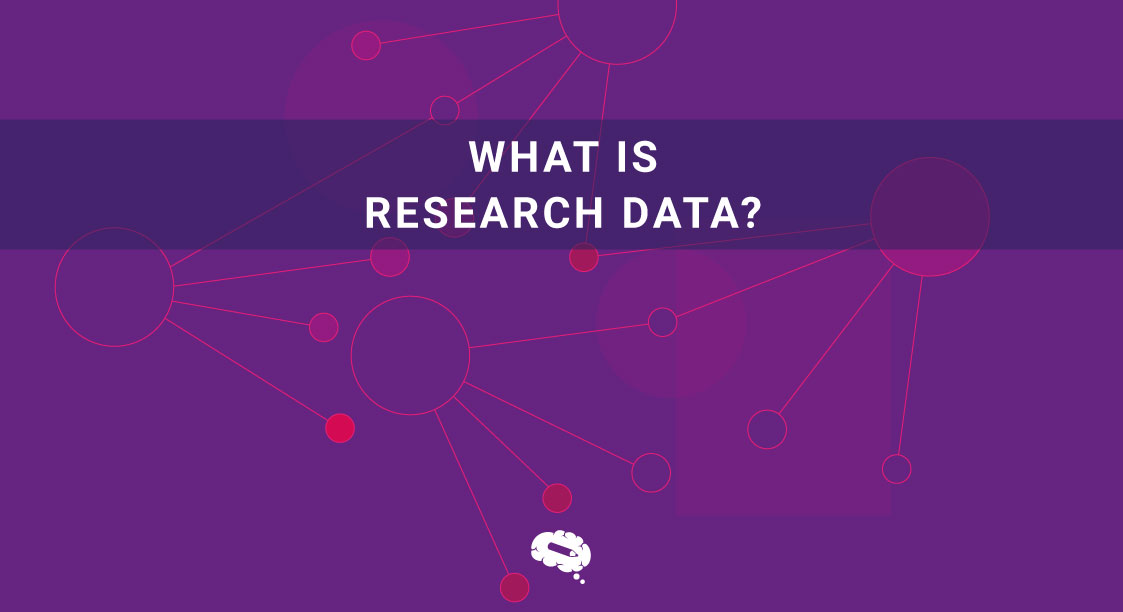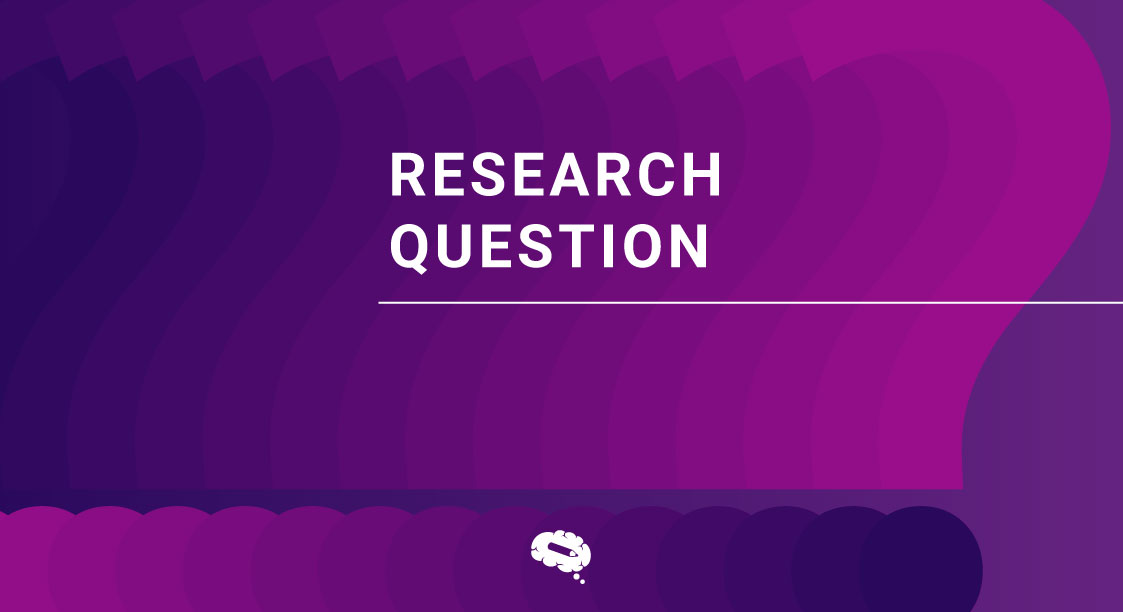In the realm of research, curiosity often leads to groundbreaking discoveries and novel insights. As researchers embark on their intellectual journeys, they employ various methodologies to explore uncharted territories, challenging conventional knowledge and expanding the boundaries of understanding. One such methodology that paves the way for exploration is known as exploratory research.
Exploratory research serves as a gateway to unraveling the mysteries of the unknown, offering a platform for researchers to delve into unexplored domains and develop a deeper comprehension of complex phenomena. By formulating open-ended questions that delve into the depths of a subject, exploratory research invites researchers to embark on an investigative quest, where the journey itself is as valuable as the destination.
This article provides an in-depth exploration of exploratory research questions, offering readers valuable insights through a range of illustrative examples.
What is Exploratory Research?
Exploratory research is a methodological strategy used in the scientific community to examine new or unexplained occurrences. It acts as an initial investigation with the goal of gaining knowledge, stimulating ideas, and spotting potential patterns or associations in a certain topic or issue. Exploratory research is flexible and open-ended by nature, in contrast to other types of research that have predetermined hypotheses and objectives.
The primary goal of exploratory research is to expand knowledge and understanding by examining a topic from various angles and perspectives. It is often employed when little or no prior information exists on a subject, or when the existing information is insufficient to form concrete hypotheses. Exploratory research helps researchers to define research questions, develop hypotheses, and design more focused studies in the future.
Exploratory research methods are diverse and can include techniques such as literature reviews, interviews, observations, focus groups, case studies, and surveys. These methods allow researchers to gather qualitative and/or quantitative data, explore different viewpoints, and identify potential patterns or themes that may guide further investigation.
Types of Exploratory Research
Exploratory research can be broadly categorized into two main types: primary research and secondary research. Each type offers unique approaches to gathering information and insights, aiding researchers in their quest for understanding and discovery.
Primary Research
Primary research involves the collection of original data directly from the source. This type of research is conducted by the researcher or research team and involves gathering information specifically for the purpose of the study at hand. Primary research methods include surveys, interviews, observations, experiments, and focus groups.
- Surveys: Surveys involve administering questionnaires or conducting interviews to gather data directly from individuals or groups.
- Interviews: Interviews involve one-on-one or small group discussions with participants to obtain detailed insights and perspectives.
- Observations: Observational research involves systematically observing and documenting behaviors, interactions, or phenomena in their natural settings.
- Experiments: Experiments are controlled procedures designed to test hypotheses and determine cause-and-effect relationships.
- Focus Groups: Focus groups bring together a small group of participants to engage in guided discussions on a specific topic.
Secondary Research
Secondary research involves the analysis and synthesis of existing data and information from various sources. It does not involve collecting new data directly from participants but relies on previously conducted research, published literature, reports, databases, and other publicly available sources.
- Literature Reviews: Literature reviews involve reviewing and analyzing relevant academic and scholarly publications on a specific topic.
- Reports and Databases: Researchers can access reports, surveys, and databases compiled by government agencies, research organizations, or industry associations.
- Online Sources: Online sources, such as articles, blogs, forums, and social media platforms, can offer insights into current discussions, emerging trends, and public opinions.
Advantages of Exploratory Research
Exploratory research offers several advantages that make it a valuable approach in the research process. Here are some key advantages of exploratory research:
- Generates Insights: Exploratory research is particularly effective in generating insights and gaining a deeper understanding of a topic or problem. By allowing researchers to explore uncharted territories, it uncovers new perspectives, patterns, and relationships that may not have been previously recognized or considered. It helps researchers to formulate meaningful research questions and develop hypotheses for further investigation.
- Flexibility: Exploratory research is highly flexible and adaptable. It does not have rigid structures or predetermined hypotheses, allowing researchers to be open to unexpected findings and adjust their approach as new information emerges.
- Identifies Research Gaps: Through exploratory research, researchers can identify gaps in existing knowledge or areas that require further investigation. By reviewing literature, engaging in preliminary data collection, and examining real-world scenarios, researchers can pinpoint areas where more comprehensive studies are needed. This helps in guiding future research efforts and contributes to the advancement of knowledge in the field.
- Provides a Foundation for Further Research: Exploratory research lays the groundwork for more targeted and hypothesis-driven investigations. The insights and preliminary findings obtained through exploratory research help researchers to refine their research questions, develop hypotheses, and design more focused studies. It acts as a valuable initial step in the research process, guiding researchers towards more in-depth and conclusive studies.
- Sparks Innovation and Creativity: Exploratory research encourages researchers to think outside the box and explore unconventional ideas and approaches. By embracing uncertainty and ambiguity, researchers can discover new perspectives, alternative solutions, and innovative concepts. This fosters a spirit of creativity and can lead to groundbreaking discoveries and advancements in various fields.
- Cost and Time Efficiency: Compared to other research methodologies, exploratory research can be relatively cost-effective and time-efficient. It often involves less complex data collection methods and can be conducted with smaller sample sizes. This makes it a practical choice for researchers with limited resources or time constraints.
Disadvantages of Exploratory Research
While exploratory research brings several benefits to the research process, it also has certain limitations and potential disadvantages. Here are some key disadvantages of exploratory research:
- Lack of Generalizability: Exploratory research is often conducted on a small scale and with a limited sample size. As a result, the findings and insights obtained from exploratory research may not be representative of the larger population or applicable in broader contexts.
- Limited Control: Exploratory research is characterized by its open-ended nature, allowing researchers to explore diverse perspectives and unexpected findings. However, this lack of control over variables can make it challenging to establish causal relationships or draw definitive conclusions.
- Subjectivity and Bias: Exploratory research often relies on qualitative data and subjective interpretations. Researchers may have personal biases or preconceived notions that can influence the data collection, analysis, and interpretation processes.
- Time and Resource Intensive: Conducting exploratory research can be time-consuming and resource-intensive. It may require extensive literature reviews, pilot studies, interviews, or observations to gather preliminary data and explore different aspects of a research problem.
- Lack of Focus and Direction: The open-ended nature of exploratory research can sometimes lead to a lack of focus and direction. Without specific research questions or hypotheses, researchers may struggle to establish clear research objectives or define the boundaries of the study.
- Limited Quantitative Analysis: Exploratory research often relies heavily on qualitative data collection and analysis methods, such as interviews, observations, or content analysis. While qualitative data provide rich insights and in-depth understanding, they may not lend themselves easily to quantitative analysis or statistical generalization.
Steps to Conduct Exploratory Research
While the exact steps may vary depending on the nature of the study, here are some key steps commonly involved in conducting exploratory research:
Identify the Problem
The first step in conducting exploratory research is to clearly identify and define the research problem or topic of interest. This involves understanding the context, background, and any existing knowledge related to the problem. It is essential to review relevant literature, explore previous studies, and identify gaps or areas that require further exploration. By understanding the problem, researchers can establish a foundation for their exploratory research and determine the focus of their investigation.
Create Hypothesis
While exploratory research is open-ended and does not require specific hypotheses, creating tentative hypotheses or research questions can provide a starting point for exploration. These hypotheses or questions act as guiding principles or directions for the research process. They should be broad and flexible, allowing for exploration and discovery. Hypotheses can be derived from existing theories, observations, or personal insights. They serve as a framework for generating ideas, exploring different angles, and directing the research towards meaningful findings.
Select the Sample
Researchers need to determine the sample or participants for their exploratory research. The sample should be selected in a way that represents the population or group of interest. Depending on the research approach, sampling techniques such as random sampling, purposive sampling, or snowball sampling can be employed. The selection of an appropriate sample is crucial to ensure the findings are representative and applicable to the broader population.
Conduct Further Research
Once the problem is identified and initial hypotheses or research questions are established, researchers can proceed with conducting further research. This involves employing various research methods to collect relevant data and gather insights. Researchers can use a combination of primary and secondary research methods, such as surveys, interviews, observations, literature reviews, or data analysis, to explore different aspects of the problem. The data collected helps researchers gain a deeper understanding, identify patterns, and generate new insights that contribute to the exploration of the research problem.
Collect and Analyze Data
Data collection is a key step in exploratory research. Researchers should collect relevant data using the selected research methods, whether it involves conducting interviews, administering surveys, making observations, or reviewing existing literature. Once the data is collected, researchers need to analyze it using appropriate qualitative or quantitative analysis techniques. This may include coding qualitative data, conducting thematic analysis, or performing descriptive statistical analysis.
Interpret Findings
After analyzing the data, researchers need to interpret the findings within the context of the research problem. This involves identifying emerging themes, patterns, or trends and making sense of the data in relation to the initial research questions or hypotheses. Researchers should critically evaluate the findings, compare them with existing literature, and consider alternative explanations or interpretations.
Report and Disseminate Results
The final step in conducting exploratory research is to report the findings and disseminate the results. Researchers should write a clear and concise report that includes an introduction, methods, findings, and discussion sections. The report should highlight the insights gained, limitations of the study, and potential implications for further research. Researchers can also present their findings at conferences, publish in academic journals, or share their results with relevant stakeholders or the broader community.
Exploratory Research Question Examples
Here are some exploratory research question examples in different contexts:
Questions about a New Product or Service
- What are the potential uses and benefits of our new product/service?
- How does our new product/service compare to existing alternatives in the market?
- What are the key features and functionalities that customers would value in our new product/service?
- How do customers perceive the value proposition of our new product/service?
- What are the potential barriers or challenges in introducing our new product/service to the market?
Questions about a Target Market
- What are the demographic characteristics and psychographic profiles of our target market?
- What are the needs, preferences, and behaviors of our target market?
- How does our target market currently perceive and interact with similar products/services?
- What are the main drivers and influencers of purchasing decisions within our target market?
- Are there any untapped segments or niche markets within our target market that we should explore?
Questions about a New Business Opportunity
- What are the market trends and dynamics related to the new business opportunity?
- What are the potential customer segments and market demand for the new business opportunity?
- What are the competitive landscape and potential challenges associated with the new business opportunity?
- What are the regulatory or legal considerations that need to be addressed for the new business opportunity?
- What are the potential risks and rewards associated with pursuing the new business opportunity?
Questions about a Potential Customer Base
- Who are the potential customers for our product/service?
- What are the key needs, pain points, and desires of our potential customers?
- How do potential customers currently fulfill their needs or address their pain points?
- What are the potential channels or touchpoints to reach and engage with our potential customers?
- What are the potential barriers or motivations for potential customers to adopt our product/service?
Tips for Writing Good Exploratory Questions
Now that you’ve learned some exploratory research question examples, it’s time to consider how to craft good exploratory questions. Writing effective exploratory questions is essential for conducting thorough and insightful research. Here are some tips to help you create strong exploratory questions:
- Use open-ended questions to encourage detailed responses and avoid yes/no inquiries.
- Maintain a neutral tone and steer clear of assumptions to gather unbiased information.
- Focus on “what” and “how” to prompt descriptive and reflective answers from participants.
- Keep your questions concise and easy to understand, avoiding complexity.
- Ensure your questions align with your research objective and context for relevance.
- Pre-test your questions with a small group and make necessary refinements based on feedback.
- Embrace the iterative nature of exploratory research, refining your questions as insights emerge.
Exploratory vs Explanatory Research
Exploratory research and explanatory research are two distinct approaches in the realm of research. Exploratory research is conducted to delve into relatively unexplored or poorly understood topics, employing open-ended and flexible methods such as interviews, observations, and literature reviews. Its aim is to generate new ideas, patterns, or directions for further investigation without starting with pre-defined hypotheses.
On the other hand, explanatory research seeks to establish cause-and-effect relationships and explain the connections between variables. It employs structured quantitative methods like experiments, surveys, or statistical analysis to test and verify hypotheses derived from existing theories or prior exploratory research. Explanatory research requires larger sample sizes and is conducted after initial exploration or when there is a sufficient understanding to formulate specific hypotheses.
These two approaches serve different purposes in the research process, with exploratory research paving the way for deeper understanding and explanatory research providing explanations and validating relationships.
Analyzing Data from Exploratory Research
When analyzing data from exploratory research, researchers should consider the following:
- Qualitative Data Analysis: Organize and interpret qualitative data by identifying themes and patterns from interviews or focus groups.
- Quantitative Data Analysis: Use statistical methods to analyze quantitative data from surveys or questionnaires, revealing relationships and patterns.
- Triangulation: Combine multiple data sources or methods to validate findings and enhance reliability.
- Iterative Analysis: Continuously review and refine data, revisiting research questions and exploring additional areas for deeper insights.
- Interpretation and Synthesis: Interpret findings within the research context, synthesize results, and draw conclusions.
- Reporting: Document findings in a research report, including visual representations to aid understanding.
By diligently analyzing data from exploratory research using appropriate qualitative and quantitative techniques, researchers can gain valuable insights, uncover new perspectives, and contribute to the body of knowledge in their respective fields.
Visually Appealing Figures For Your Research
With a focus on producing high-quality and publication-ready figures, Mind the Graph ensures that researchers can easily share and export their visuals in various formats, seamlessly integrating them into scientific papers, presentations, or posters. By simplifying visual design and offering convenient sharing options, Mind the Graph empowers researchers to present their work with impact and professionalism.


Subscribe to our newsletter
Exclusive high quality content about effective visual
communication in science.





